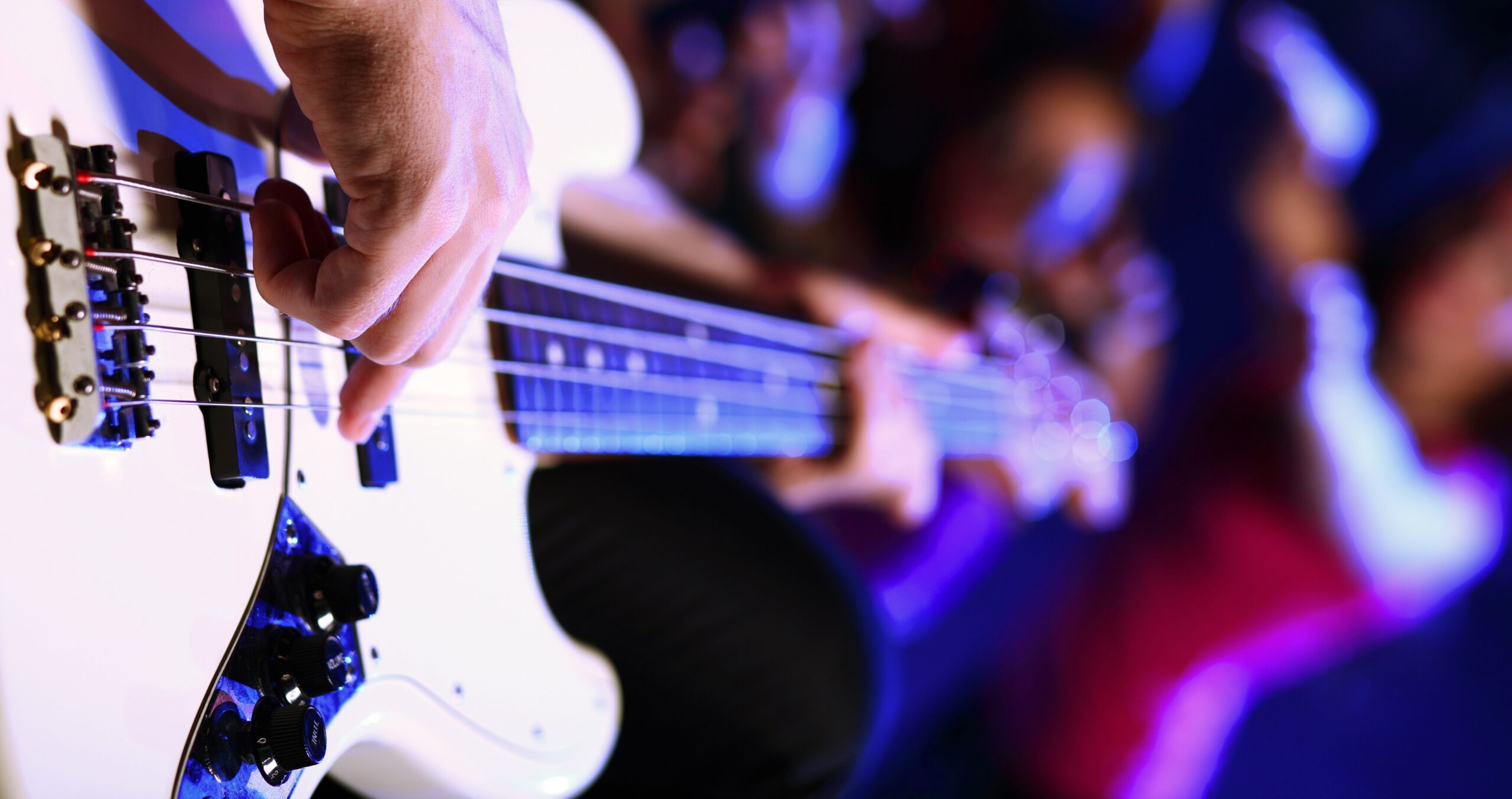Taken from bass royalty Meshell Ndegeocello’s groove-laden second album Peace Beyond Passion (1996), ‘The Way’ is anchored by a propulsive, hypnotic bass part that has become one of her most recognisable lines.
The main groove appeared on this site long ago as part of the Groove of the Week series (GOTW #6: The Way) as Meshell has had a huge influence on my playing and it is – in my opinion – one of her greatest grooves. As such, I felt like digging back in and doing a full transcription of the song; this was meant to be a quick transcription, but with each listen I found subtle details in the bassline that had previously escaped me.
There are four sections that make up the bassline to ‘The Way’, and all of them benefit from some explanation on what appears in the transcription.
Meshell Ndegeocello – ‘The Way’ Bass Transcription
The Way – Main Groove/Verse
The bulk of ‘The Way’ is built around a propulsive, syncopated line that suggests a C#m7 chord; note how landing on the b7 of the chord on beat one makes the pattern much more interesting than starting the bar with the root note. The articulation here is clipped throughout, requiring precise fretwork, although I felt that putting staccato markings on every single 16th note was overkill.
There are two alternate endings to the main groove. Well, three, actually… The first is a sliding octave figure, while the second is a descending chromatic figure ending with a fretting hand ‘shake’, one of Meshell’s signature articulations. I thought that this ending always descended from F# to E, but when checking through the transcription I discovered that there’s another variation running from G# to F# that I’d somehow missed on the first 100 or so listens.
Chorus
The chorus acts as a musical release from the verse – the tight, syncopated atmosphere of the main groove gives way to longer notes and layered harmonies. There are some details in Meshell’s bass part here that are so faint that they’re almost subliminal, but they help to add an extra dimension to the line.
The first main concept that needs mentioning is Meshell’s use of sustained root notes while she plays another part in a higher register; this can be seen at bar 10 (adding the 10th above the F# root) and extensively at bar 30 (syncopated octaves above a sustained A root). These are relatively easy to play, but a nightmare to read – this is an area where I possibly should have split the part into two different ‘voices’…
Bridge
At bar 38, we can hear the entrance of a second bass part which loosely doubles the vocal line while adding some melodic flourishes (playing bar 41 always raises a smile). Having first attempted to fit both bass parts on one stave and then separate charts for each bass part, I finally settled on a condensed arrangement for one player as that’s how most readers will end up playing it.
For reference, here’s why I avoided two basses, one stave:

The Way – Breakdown
The multi-bass idea continues into the breakdown section, where it’s time to break out the thumb. Again, it was easiest on the eye to limit this transcription to one hybrid bass part that (hopefully) captures the essence of what Meshell is up to here (at least, it’s what I think is going on).
Transitioning from the muted slap grooves to higher-register melodic fills will most probably take some practice, and if you’re new to the ‘left hand slap’ technique (notated as ‘LH’ on the chart) then this will also take some getting used to before you can incorporate it into grooves.

